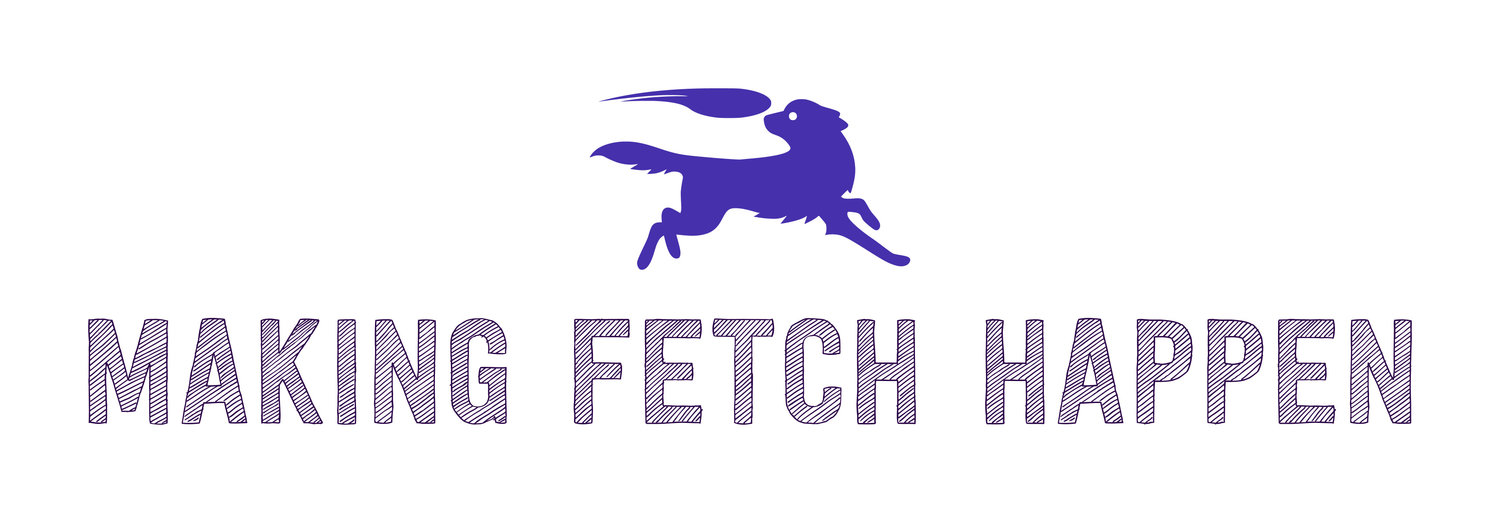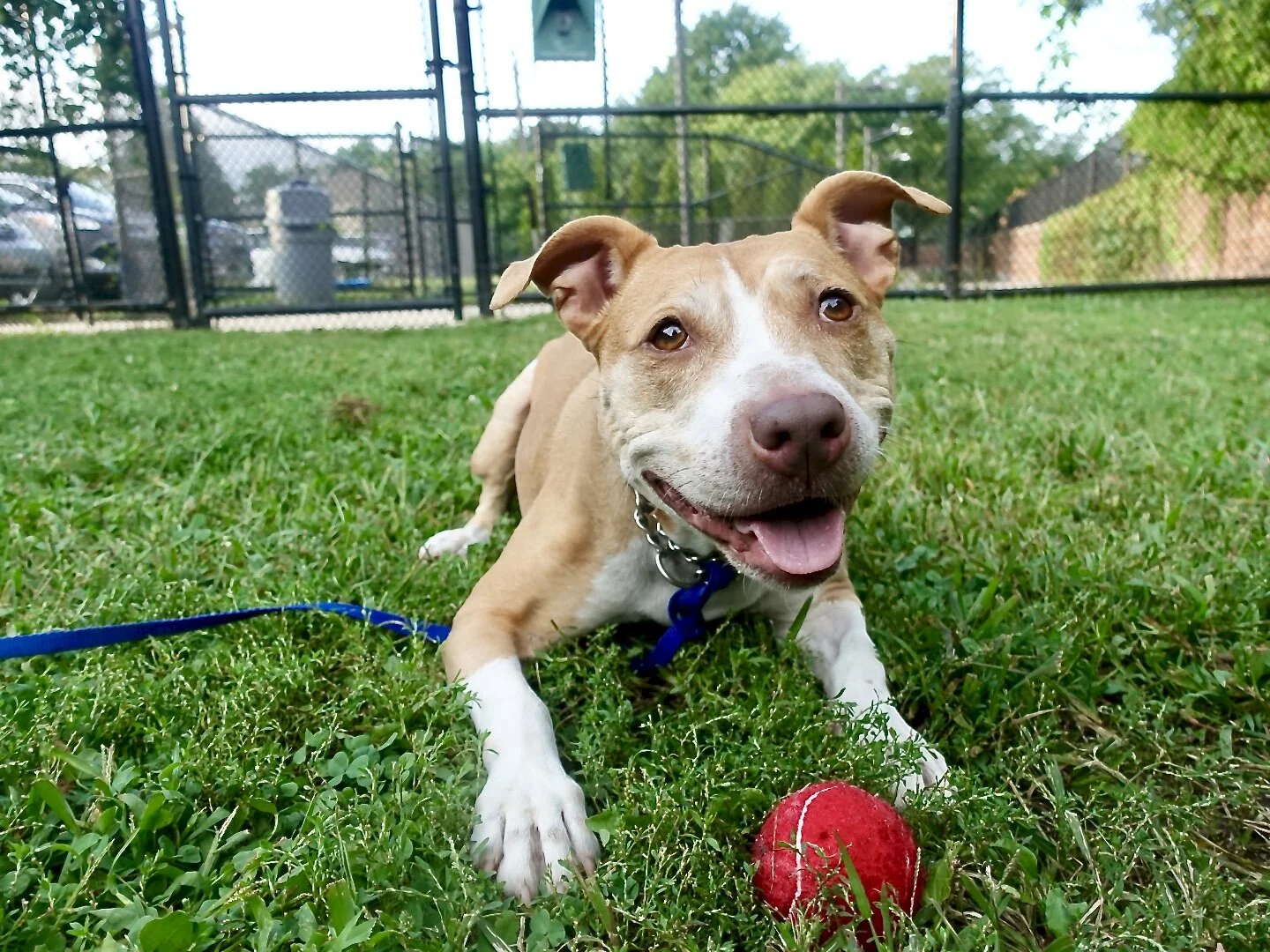Eeek! Is my Dog Aggressive?
/Aggression is one of the most loaded and stigmatized terms in the dog training world. People are quick to use the label, which only leads to circular logic:
Why did a dog bite someone? ——> Because they are aggressive ———> Why is the dog aggressive? ——-> Because they bit someone
Circular logic might make us feel better in the short term, but it’s ultimately unhelpful in diagnosing the problem or finding a solution.
The vast majority of “aggression” in dogs occurs when a dog uses an undesirable behavior to make someone or something go away. Dogs follow the ladder of aggression or, as I call it, the ladder of “get back.” These are specific behaviors that a dog will use to create space between themselves and something they find scary or aversive. These behaviors include lip licking, whale eye (showing the whites of the eyes), and yawning, which escalate to a growl, an air snap, and—ultimately—a bite.
Of course if a dog growls or bites you (not while playing), most people understand that he or she wants you to go away. The issue arises when people are not familiar with the lower level behaviors on the ladder, depicted as the green behaviors on the infographic found here. If a dog is uncomfortable, and yawning or lip licking does not work—i.e, the person does not step back—the dog has no choice but to escalate his behavior to the next wrung on the ladder. Thus, a dog whose yawns go ignored will climb to a growl the next time he finds himself in a similar situation. A dog who continues to be pressed after growling might skip the growl altogether and go straight to a bite. The owner sees this behavior as unpredictable aggression, but the dog was making his desires clear with safe and more desirable behaviors all along. If people do not reinforce a dog’s low level behaviors by creating space, he or she will stop practicing them in favor of behaviors often labeled “aggressive.”
As someone who has worked in the shelter world for a number of years, I have been bitten dozens of times. Each time a dog bites me, I leave. I bet you would too. But the problem is that once you leave, the dog learns that the biting behavior works. The dog desperately wanted to create space, he bit, and you moved away. Unfortunately, this is a bell that can never be unrung. From now on, the bite will always be in the dog’s repertoire. Just as reinforcing a dog’s low level behaviors makes him more likely to rely on them, the unintentional reinforcement associated with a bite serves the same function.
If biting is part of your dog’s repertoire, an extensive management strategy, combined with a training program, is paramount to keeping everyone in the home—including the pup—safe.
If you’re experiencing issues with your dog exhibiting any of the behaviors on the ladder, don’t hesitate to reach out to a qualified behaviorist as quickly as possible so that the behaviors don’t escalate. Review our Behavior Change section to get started. Prevention is key.





